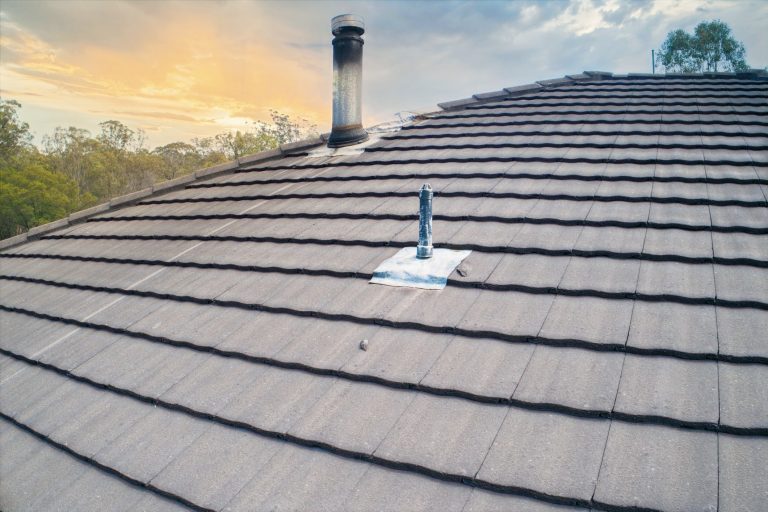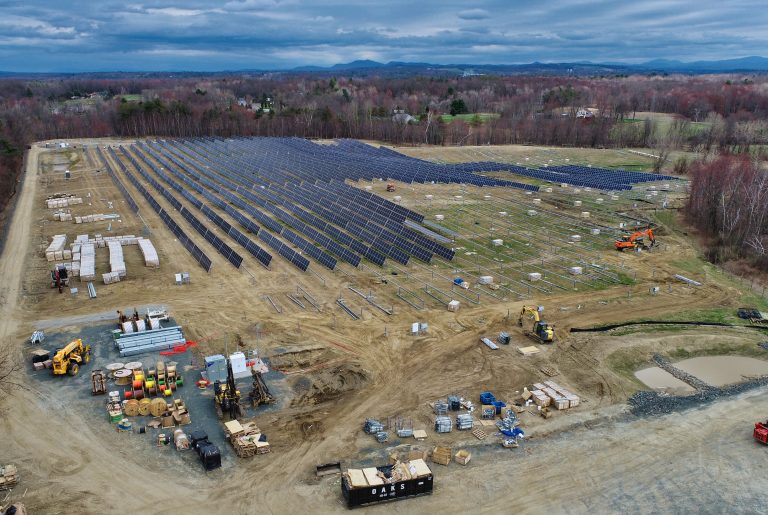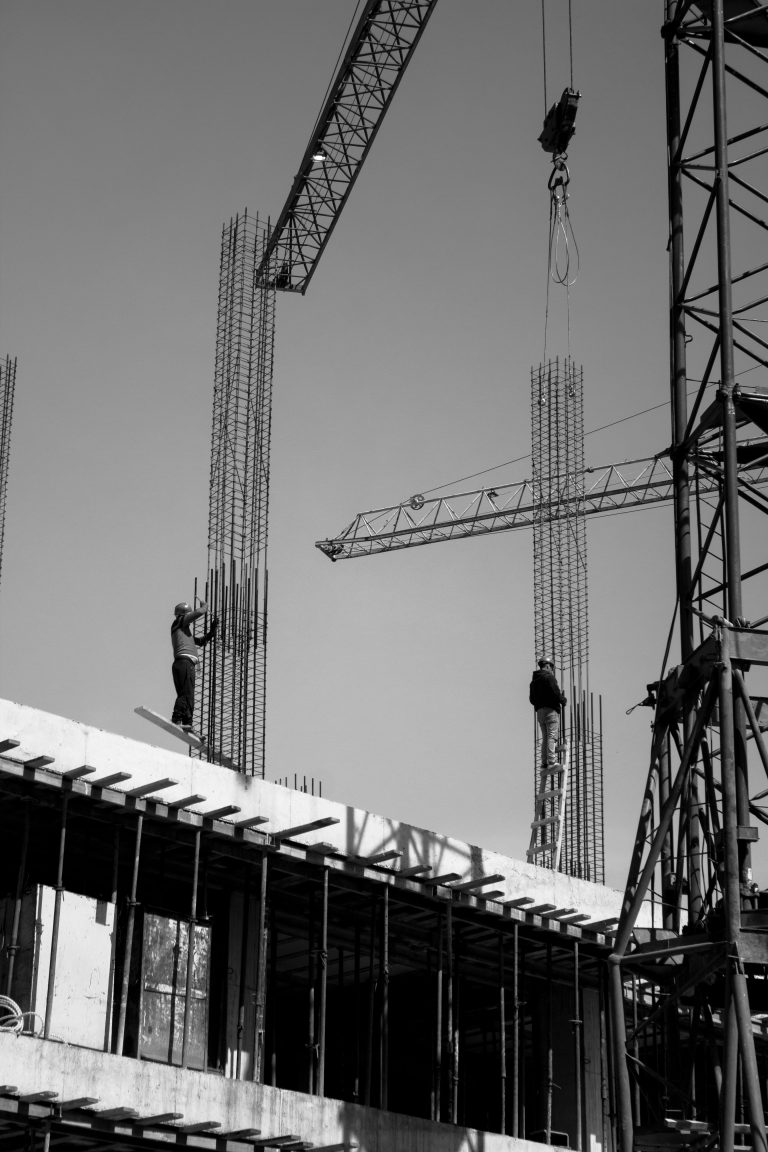Drone Inspection Services for Bridges New York: A Guide
Consider New York’s thousands of bridges; many of these vital crossings are really starting to age. Keeping those structures sound for the millions of folks traveling across them daily demands a tremendous, ongoing commitment. Think about it: the old way always blocked traffic, put folks in harm’s way, and really dug deep into everyone’s pockets. A better way now exists for managing this critical infrastructure.
Enter professional drone services for New York’s bridges. They fundamentally alter our approach to preserving these critical infrastructure assets. If you manage, inspect, or just keep these assets running, you already know the headaches that pop up. The paperwork, traffic control, safety reports, and constant budget pressure can feel overwhelming, especially in dense urban environments.
Getting up close to every beam and pier can be a challenge. Exploring drone inspections for New York’s bridges is a really sharp idea. Drones are totally changing structural inspections. They make checking buildings in New York City way faster and more effective.
The Big Challenge with New York’s Bridges
The infrastructure in New York is the backbone of its economy, but it’s aging. According to the American Society of Civil Engineers’ latest report card, a significant number of the state’s bridges are considered structurally deficient. This means they need serious attention and regular, thorough check-ups to maintain public safety.
A traditional bridge inspection involves specialized snooper trucks, which are expensive to rent and operate. It might require rope access teams, putting inspectors in harnesses hundreds of feet in the air. This entire process is slow, dangerous, and incredibly disruptive, especially in a place like New York City.
Closing a lane on a major crossing, even for a few hours, creates traffic jams that ripple for miles. It frustrates commuters and impacts commercial transport, adding indirect costs to tight maintenance budgets. The safety risk to inspection crews is a major concern for any project manager’s inspection safety program.
A Smarter, Safer Way: How Drones Work
Drones, or unmanned aerial vehicles (UAVs), offer a completely different approach. An infrastructure drone uses a small, powerful aircraft equipped with high-tech sensors to fly close to the bridge structure and capture detailed data. It’s much more than taking a few pictures from a distance; it’s a comprehensive data collection method.
Modern services drones are outfitted with various technologies. They have high-definition cameras that can spot hairline cracks smaller than a millimeter. Drones equipped with thermal sensors can also carry out thermal imaging to detect delamination under a concrete surface, a defect invisible to the human eye.
Some advanced systems use LiDAR mapping to create precise 3D models of the entire bridge.
Why Drone Inspection Services for Bridges in New York Are a Game Changer
The benefits of this technology represent a huge leap forward in efficiency, safety, and data quality. For anyone managing infrastructure in the demanding environment of New York, these advantages are significant. This is a smarter inspection method for a modern city.
Putting Safety First
The most important benefit is a dramatic improvement in inspection safety. With a drone, you remove the human element from the most dangerous parts of the job. No one needs to climb scaffolding, rappel down piers, or work from a bucket truck over moving traffic.
The pilot and inspection team stay safely on the ground or a nearby stable area. This practically eliminates the risk of falls, which are a leading cause of injury in construction and maintenance fields.
Cutting Costs, Not Corners

Budget is always a top concern for public and private asset owners. Drone inspections offer substantial cost savings compared to traditional methods. You can avoid the hefty rental fees for snooper trucks and other heavy equipment.
You also don’t need a large crew for traffic management and on-site safety, streamlining drone operations. The time savings translate to money savings.
An inspection that might take a traditional crew a week to complete can often be finished by a drone team in a day or two, getting results to inspect NYC faster.
Getting Better Data, Faster
Some might think that because drones are faster, they must compromise on data quality. The opposite is true. Drones collect more comprehensive and higher-quality data than most traditional methods can provide.
The high-resolution data from a drone bridge scan can be geotagged and stitched together to create a full visual map of the structure.
Engineers can then zoom in on these images to examine potential defects without ever leaving their desks. The quality of this drone inspection data is exceptional, enabling better decision-making for asset management.
What’s more, this data can be used to create a “digital twin” of the bridge. This is a highly accurate 3D model that serves as a baseline for all future inspections. You can track how a crack grows over years or monitor the rate of corrosion with incredible precision, forming the core of a proactive maintenance strategy.
Minimizing Public Disruption
For anyone living or working in New York, traffic is a daily reality. It does not have to be made worse by bridge inspections. Drones can be launched from a safe location away from traffic, like under the bridge or from a nearby park.
A drone bridge flight can be executed under and around the structure without requiring lane closures. This is a massive benefit, especially for bridges in heavily populated areas like New York City. It keeps the public happy, reduces congestion-related pollution, and lets commerce flow without interruption, making it possible to drone inspect NYC faster.
What to Expect From a Drone Bridge Inspection Process
If you’re interested, you likely want to know what the process looks like. A professional drone service company makes it simple. The entire project is usually broken down into four clear steps.
Step 1: Planning and Permission

A lot of work happens before the drone ever takes off. The first step is to create a detailed flight plan, mapping the exact path the drone will take to perform a full bridge scan. The company also handles all necessary permissions, a critical part of regulatory compliance.
This includes getting clearance from the FAA to operate in the specific airspace. A reputable company will have licensed and experienced drone pilots who understand all local and federal regulations. This initial planning phase is essential for safe and effective drone operations.
Step 2: The On-Site Scan
On the day of the inspection, the drone team arrives on site. This team typically includes a certified pilot to fly the drone and an engineer to monitor the data capture. They set up a ground station and conduct pre-flight safety checks.
Then, the drone takes off and follows the pre-planned flight path. The pilot can also manually control the certified drone to get a closer look at any areas of immediate concern. The ground station’s control interface is often user-friendly, sometimes featuring a simple hamburger toggle menu to switch between different data feeds or settings.
Step 3: Data Processing and Analysis
Once the flight is complete, the raw data is taken back to the office for processing. This is where powerful software is used to process the thousands of images or data points collected. Images are stitched together into large mosaic photos or used to build a 3D model.
A thorough data security policy is important here to protect sensitive infrastructure information. The processed data is then handed over to licensed structural engineers. They carefully analyze everything, identifying, classifying, and mapping any defects they find.
Step 4: The Final Report
The final deliverable is a comprehensive report. This is an engineering document that outlines the health of your bridge. The report will include annotated images pointing out the exact location and size of any cracks, spalls, or corrosion.
It will also provide an assessment of the severity of these issues and give clear, actionable recommendations for repairs or continued monitoring. This document provides everything you need to make informed maintenance decisions, including the necessary inspection services contact information for any follow-up questions.
Choosing the Right Smarter Inspection Services

When selecting smarter inspection services, it’s important to do your homework. Look for a provider with a proven track record in inspecting complex structures, especially within challenging urban environments.
Ask for case studies or examples of past projects. Verify that their drone pilots are FAA-certified and that the company has a robust inspection safety program. Their ability to manage drone operations safely and efficiently is paramount.
Furthermore, inquire about their data handling procedures. A professional firm should have a clear data security policy and a privacy policy that protects its assets’ information.
Expanding Capabilities: Building Inspections and More
The same drone technology used for bridges is also highly effective for other structures. Many firms that perform a drone bridge scan also offer building inspections. This includes detailed facade inspection to identify issues with brickwork, mortar, or cladding.
Drone building inspections can also cover hard-to-reach areas like rooftops, making a drone roof inspection much safer and faster than manual methods. This technology is also valuable in real estate for creating compelling aerial photography and videos. The versatility of services drone providers offer makes them a valuable partner for comprehensive asset management.
Are Drones Compliant with Regulations?
This is a very common and important question. The short answer is yes, when drone inspections are done by a professional company. Commercial drone pilots must be certified under the FAA’s Part 107 rules, and a good provider will have a team of certified drone pilots.
Inspection methods and reporting standards can be aligned with guidelines from the Federal Highway Administration (FHWA). A professional drone services provider understands these requirements for full regulatory compliance. They ensure that the data and reports they deliver meet all necessary legal and engineering standards.
Beyond federal rules, a provider should also be well-versed in local New York City regulations. They must also have a clear privacy policy that addresses info privacy concerns, especially in residential areas.
A company’s policy on social privacy and how it shares imagery or information publicly is another indicator of its professionalism and respect for client confidentiality.
Conclusion
New York’s bridges are icons of engineering, but they need constant care to remain safe. Traditional inspection methods are no longer the most efficient, safest, or cost-effective way to provide that care. They are slow, pose a risk to personnel, and are highly disruptive to the public.
The future of infrastructure maintenance is here, and it flies. Using professional drone inspection services for bridges New York provides a safer process, significant cost and time savings, and better, more actionable data. It helps you manage your assets more intelligently and efficiently.
By adopting this technology, you are investing in a smarter approach to infrastructure asset management and public safety. Contacting a provider of smarter inspection services is the first step.







